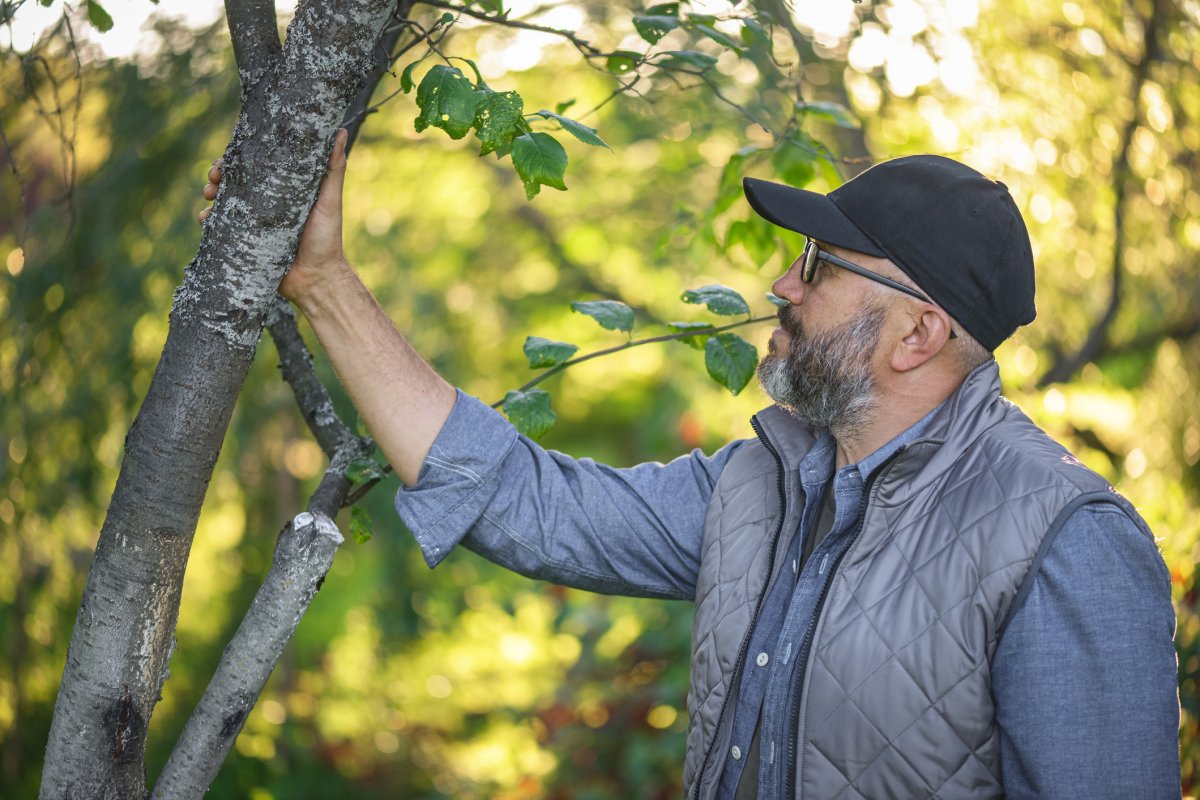

We may earn revenue from the products available on this page and participate in affiliate programs. Learn More ›
Trees are valuable assets to any landscape, and not just for aesthetic reasons. These towering plants also offer shade and shelter for wildlife and other plants. Sometimes it’s obvious when a tree is dying: Its leaves might be turning brown in the summer, with branches riddled with holes from wood-boring pests. In other instances, it’s not clear when trees are in poor health, but tree health is always worth monitoring. Broken limbs from a dying tree that’s located near a home can cause injuries to people and animals, and can lead to costly repairs if they land on your home or car. Keep an eye out for these seven signs that you may have a dying tree so you can take care of it before it does damage to your property.
RELATED: 10 Trees That Spell Trouble for Your Yard
1. The tree has brown and brittle bark or cracks.
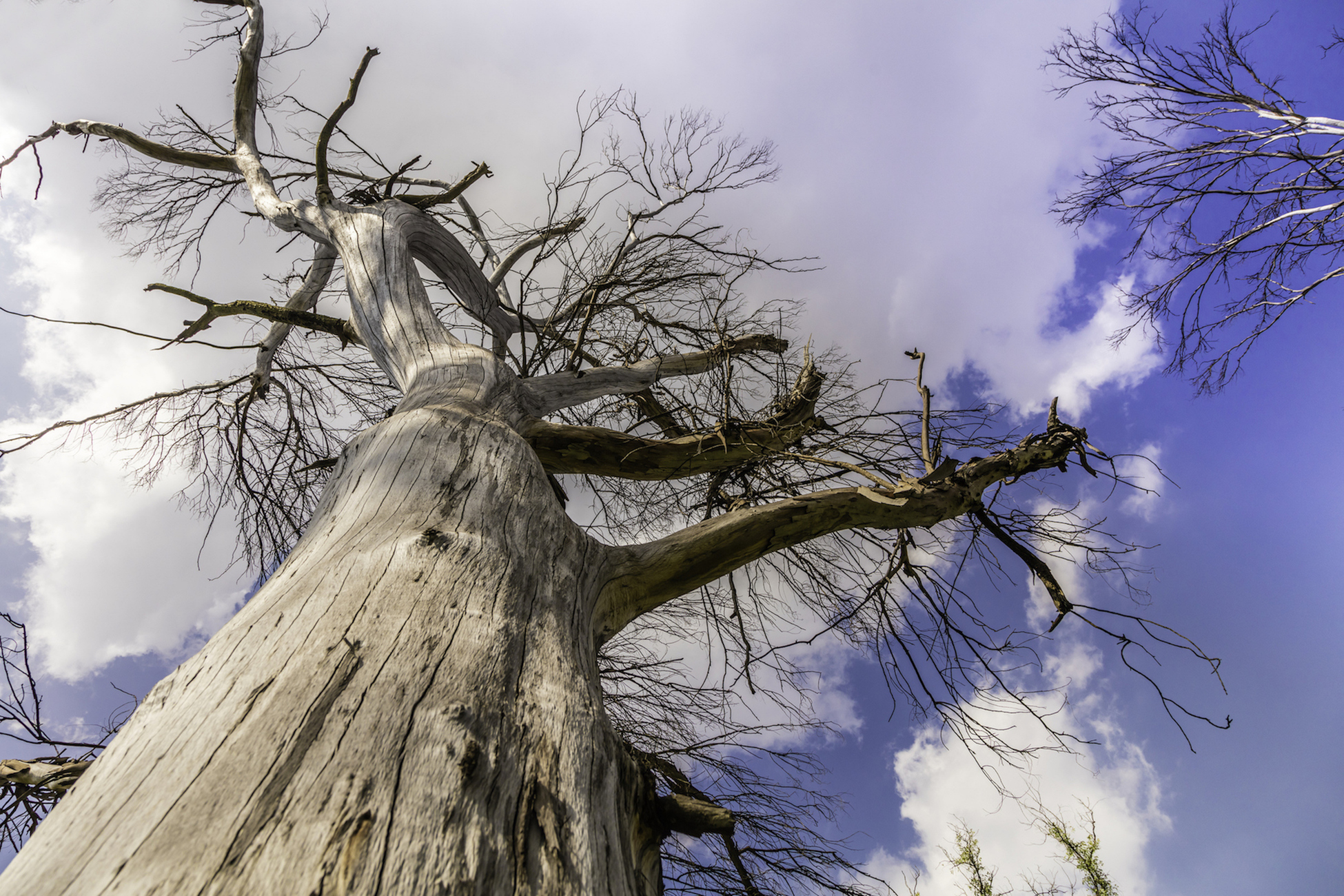
As the tree is dying, the bark becomes loose and starts to fall off of a dying tree. The tree may also have vertical cracks or missing bark. “Check for deep splits in the bark that extend into the wood of the tree or internal or external cavities,” advises Matt Schaefer, Certified Arborist of The Davey Tree Expert Company, the largest residential tree care company in North America and the first tree care company in the United States. Cracks often create weakness that can cause damage in storms or other weather events.
2. There are few healthy leaves left.
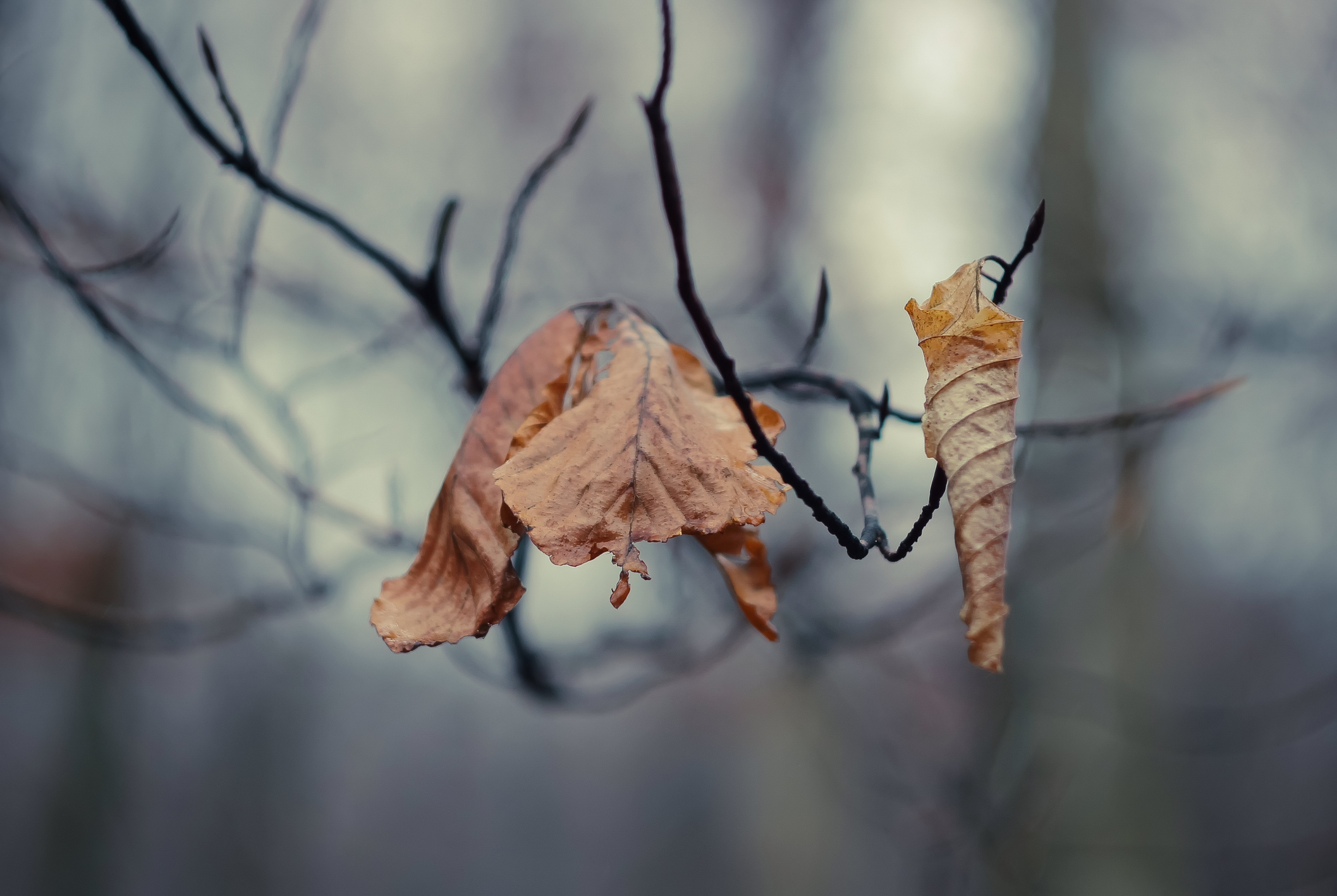
For deciduous trees, look for branches that lack lush green leaves and show only brown and brittle leaves during the growing season. They will also have dead leaves still clinging well into the winter instead of dropping to the ground. Coniferous evergreens will start to show red, brown or yellow needles or leaves when it’s stressed or dying.
RELATED: 11 Pro Tips for Strategically Planting Trees on Your Property
3. The tree has an abundance of dead wood.
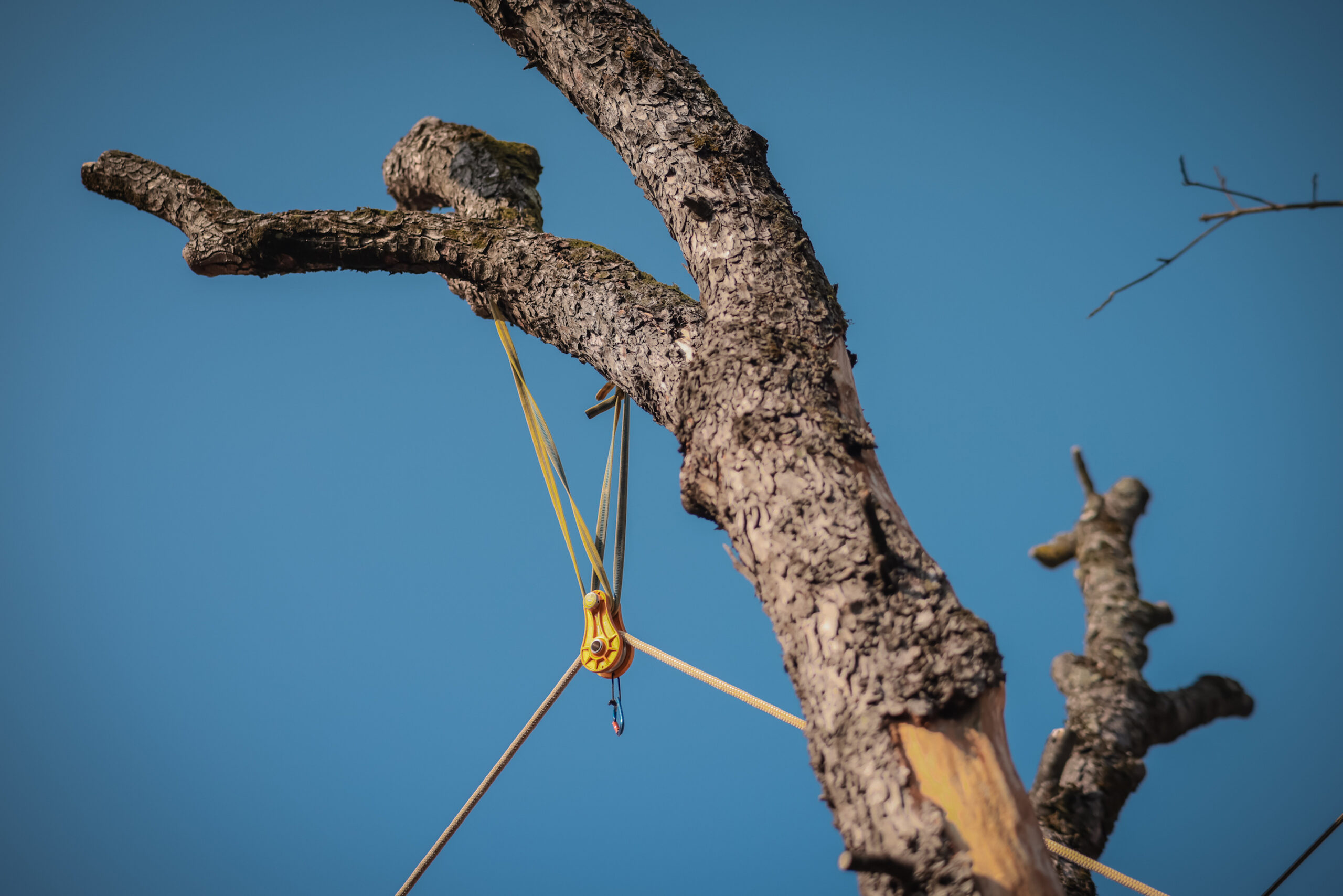
A couple of dead branches or dead wood doesn’t necessarily mean you have a dying tree. (Keeping a regular pruning schedule during the dormant season will keep your trees healthy and strong.) However, an increased prevalence of dead wood can indicate that it is a sick or dying tree. “Dead trees and branches can fall at any time,” Schaefer warns. They are potential hazards to you and your home.
RELATED: The Best Pole Saws For Trimming and Pruning Tall Trees, Tested
4. It’s a host to critters and fungus.
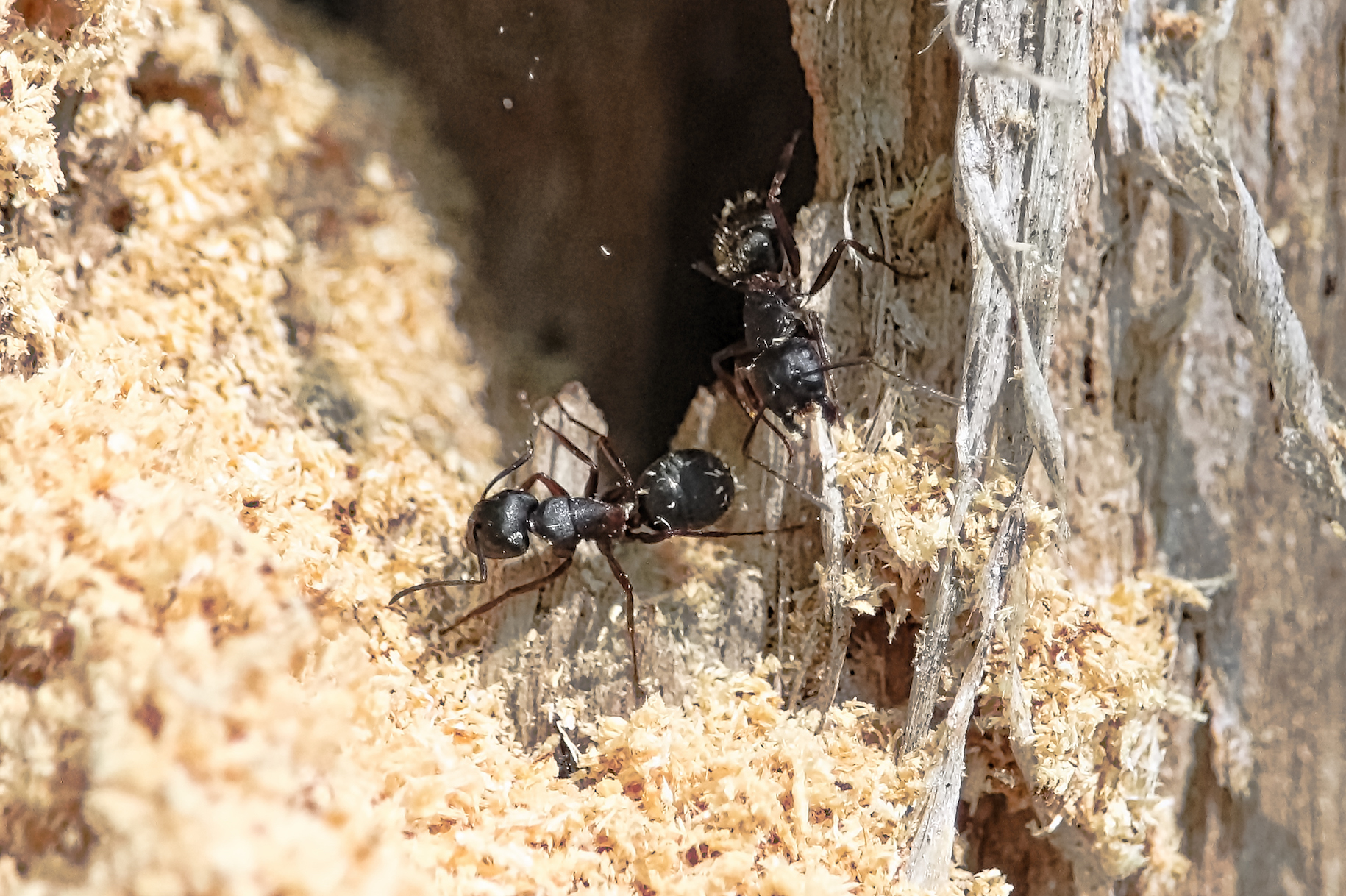
Pests such as bark beetles and carpenter ants live in trees that are under stress or are dying. These pests prefer to live in dead, weakened, or dying hosts. As for fungal or bacterial infections, look for cankers (discolored areas or depressed places on the bark) or mushrooms growing on the ground at the base of a tree or on the tree itself. These are indications of rot in the roots or trunk. “In time, decay will extend further within the tree leading to structural problems,” Schaefer says.
5. The tree shows signs of root damage.
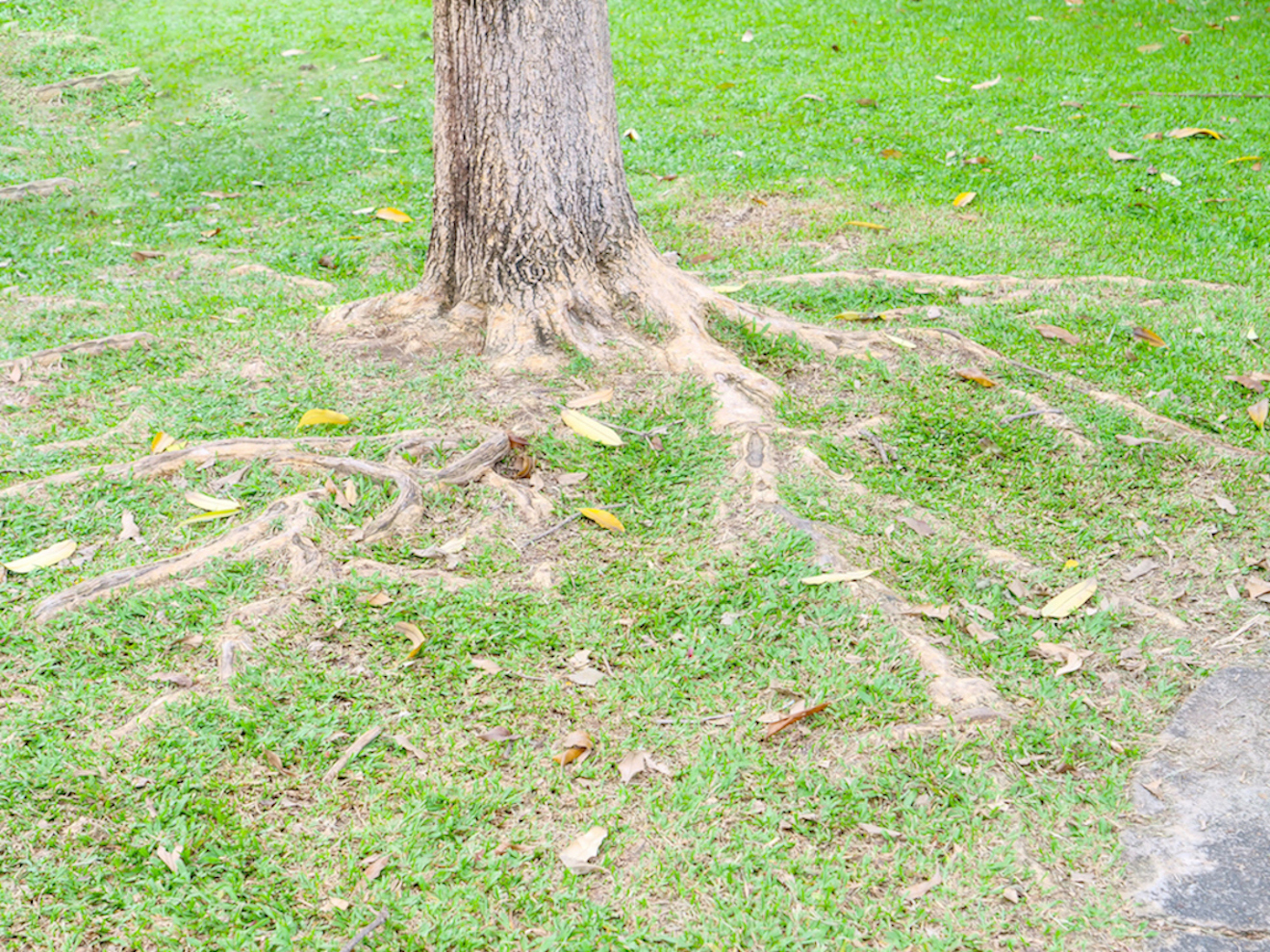
Since roots run deep underground, determining damage isn’t always easy to do. If you’ve had recent excavation or construction projects near the tree, look out for any changes in the tree’s health since that time that might suggest the roots were damaged in the process. Likewise, if your tree has a shallow and/or partially exposed root system, pay attention to subtle changes that might suggest exposure to extreme elements and poor soil compaction have affected the vitality of the roots. Some signs of root damage include thinning foliage, poor yearly growth, yellow undersized leaves, dead branches, and wilted brown leaves during the growing season.
RELATED: The Dos and Don’ts of Landscaping Around Trees
6. It develops a sudden (or gradual) lean.
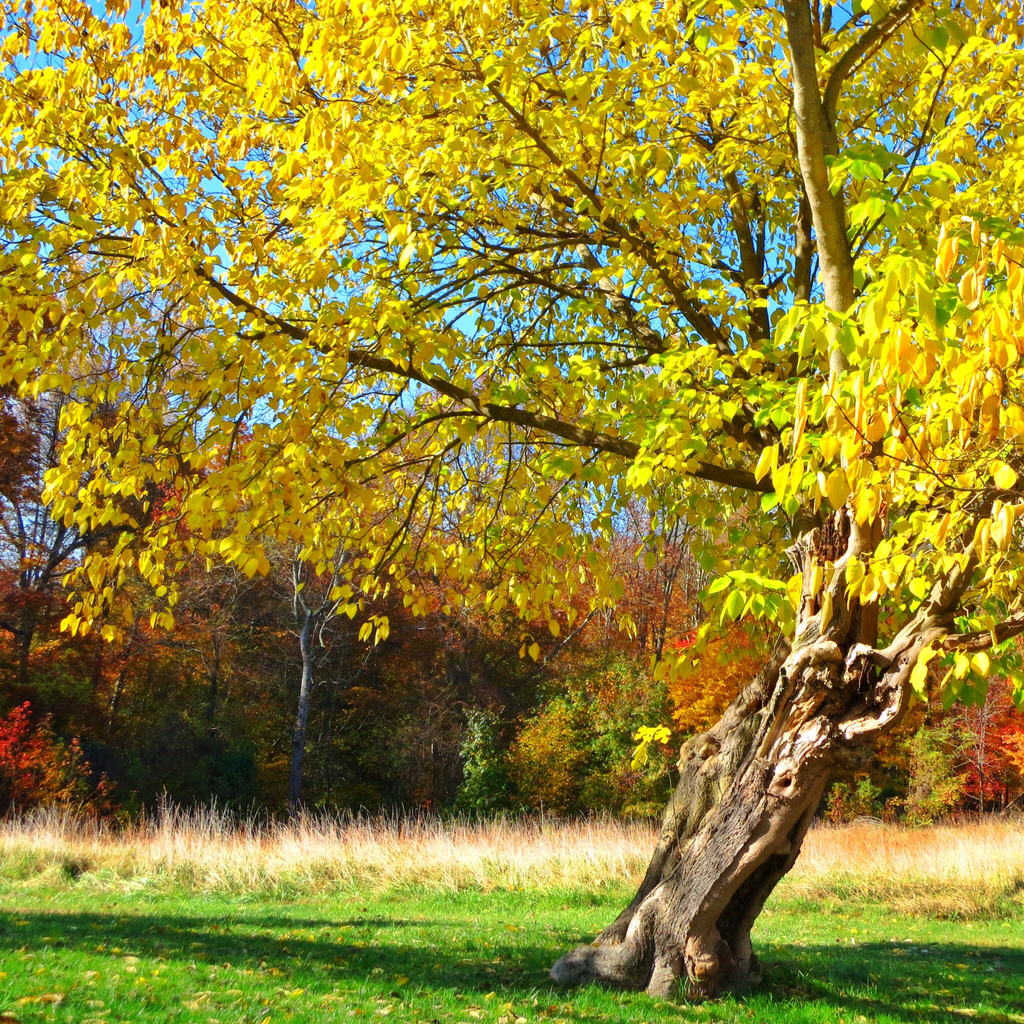
“Odd growth patterns may indicate general weakness or structural imbalance,” Schaefer explains. In general, trees that lean at more than 15 degrees from vertical are an indication of wind or root damage. Large trees that have tipped in intense winds seldom recover and will eventually die.
7. The tree fails the scratch test.
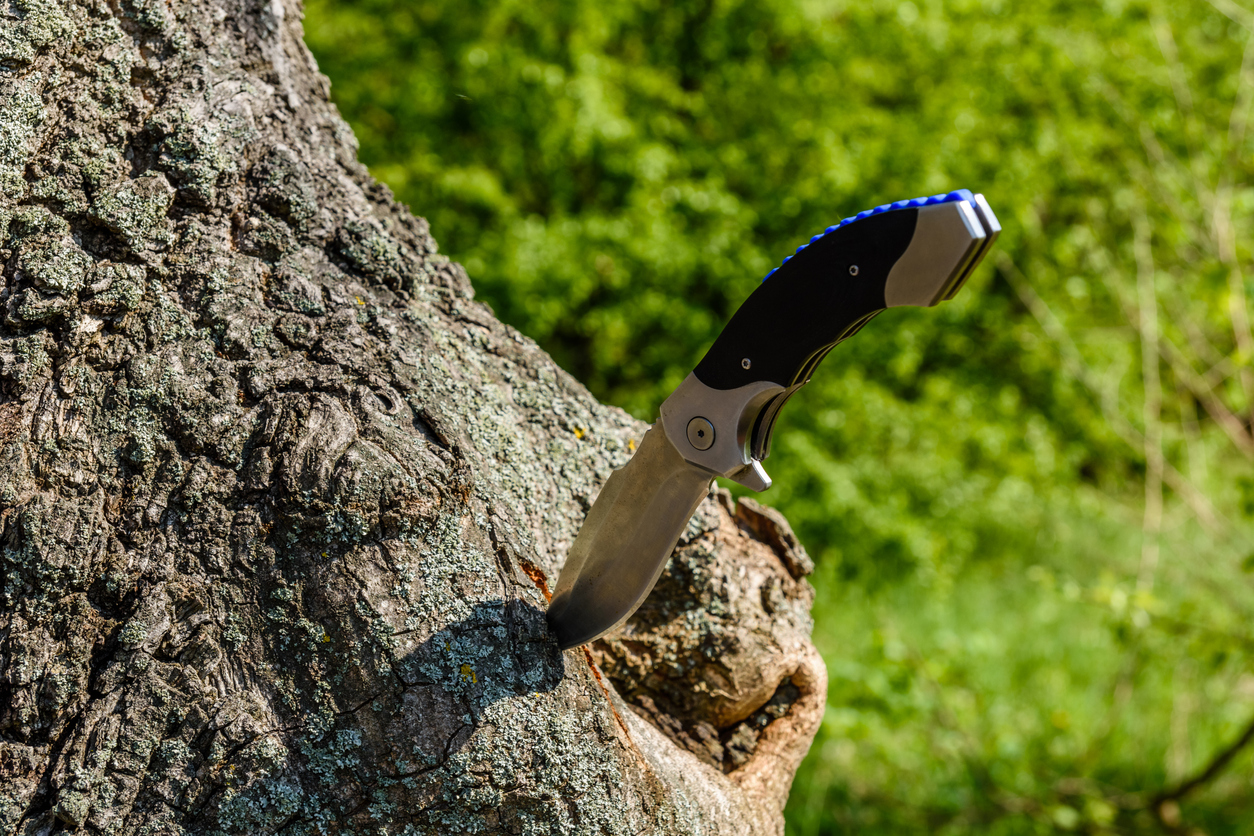
Right beneath the dry, outer layer of bark is the cambium layer. If the tree still has life, it will be green; in a dead or dying tree, it is brown and dry. You can use a fingernail or a pocket knife to remove a small strip of exterior bark to check the cambium layer. You may need to repeat the test over several areas of the tree to determine if the whole tree is dead, or it’s just a few branches.
RELATED: Why It’s a Really Bad Idea to Hire an Unlicensed Tree Trimmer
Can you save a dying tree?
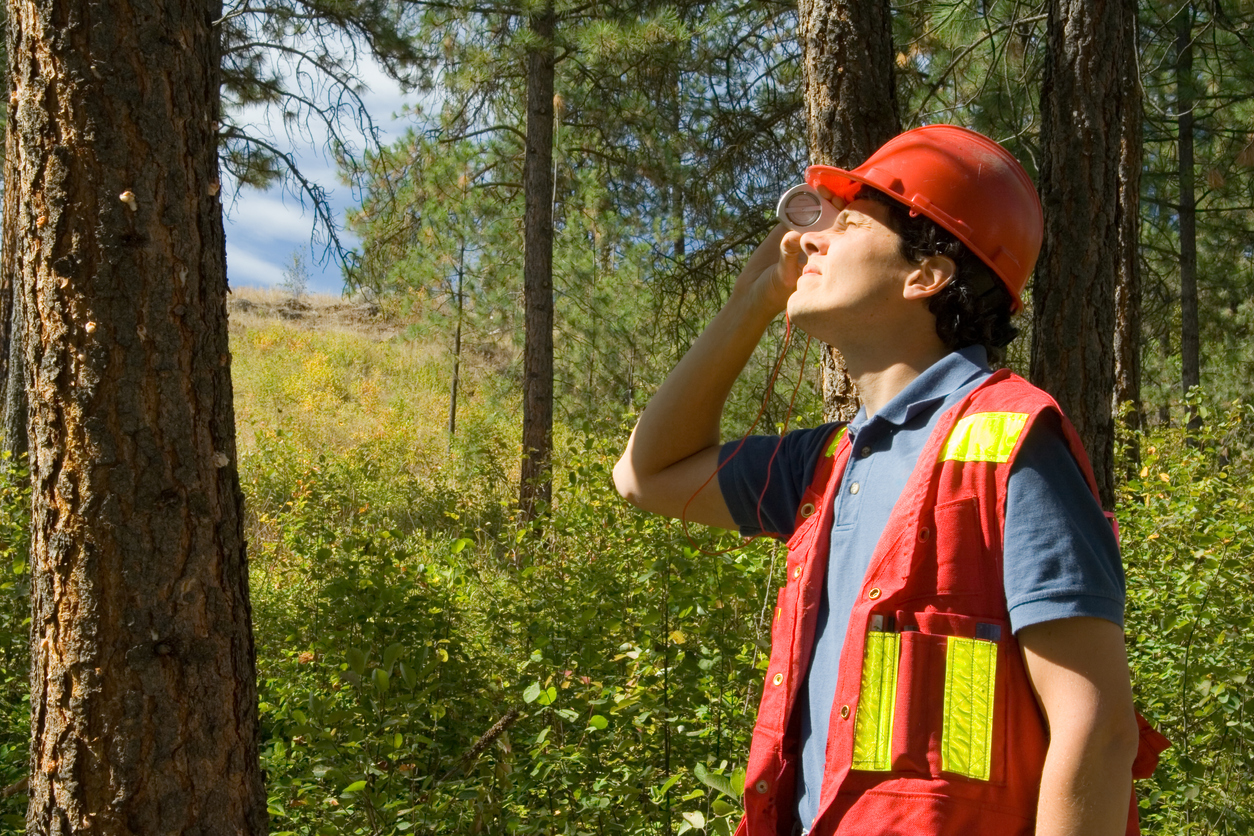
If your tree is sick or only part of it is dying, you may still be able to save it with the help of an arborist.
A sick tree will display symptoms that are similar to those of a dying or dead tree, but they will not be as widespread. “Although defective trees are dangerous, not all of them need to be removed immediately, and some defects can be treated to prolong the life of the tree,” Schaefer says. Contacting an arborist as soon as you notice any signs of a dying tree will give you a better chance of saving it. An arborist has the training and knowledge required to diagnose and successfully treat tree problems.
Conducting regular tree care and maintenance such as proper pruning, treating for disease and pests, and fixing structural damage will also help improve your tree’s health.
RELATED: 12 Things an Arborist Wishes You Knew
What if it’s too late to save a dying tree?
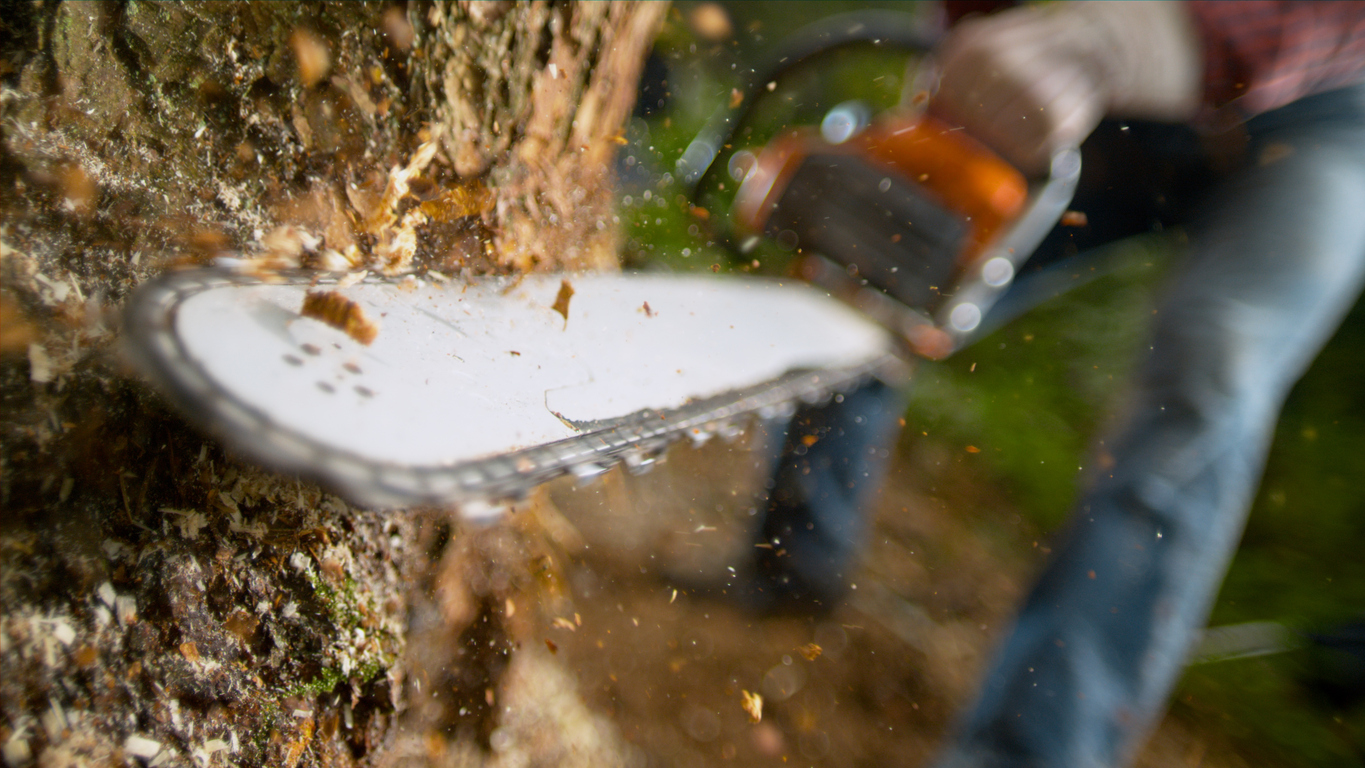
Even strong, healthy trees can fall victim to severe weather, disease, or infestation. If the tree is beyond saving, it’s best to remove it if it poses a danger of falling onto people or structures. “Tree risks aren’t always visible or obvious,” Schaefer explains, adding, “advanced analysis, sometimes through the use of specialized arborist tools or techniques, may be necessary.” Consult a certified arborist to determine if your dead tree poses a dangerous situation on your property.
